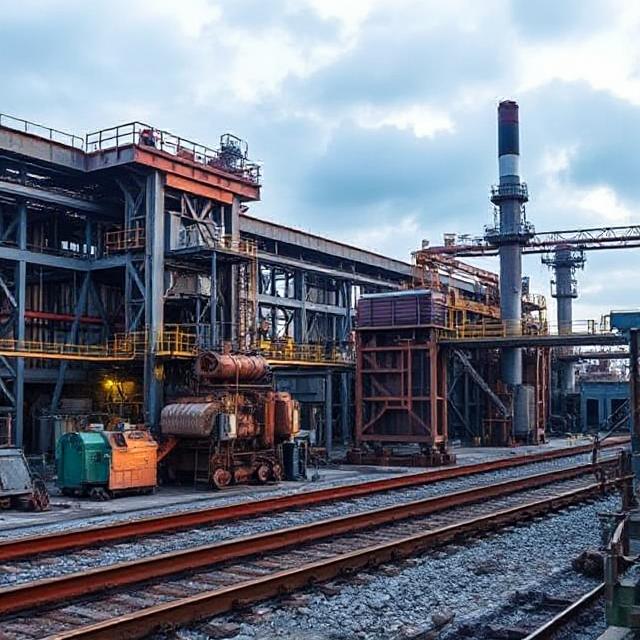At its recent Annual General Meeting, Tata Steel announced a significant turnaround plan for its UK operations. The company forecasts that the troubled UK unit, which has been a persistent drag on overall performance, will achieve EBITDA‑positivity in the financial year 2025–26, with an aim to reach profit after tax (PAT)-positive status by FY 2026. Chairman Natarajan Chandrasekaran emphasised that, “We expect the UK to perform much better this year compared to last year – it will definitely be EBITDA‑positive,” signaling a notable improvement in the division’s financial trajectory. Aligning with this promise, CEO T.V. Narendran confirmed that structural cost-cutting efforts-such as eliminating approximately £230 million in fixed costs last year and a similar amount in FY 2024–25 are expected to bear fruit in FY 2026.
A cornerstone of the UK revival is the strategic investment in green steelmaking. Tata Steel plans to build an Electric Arc Furnace (EAF) plant at Port Talbot, Wales, with an estimated investment of £1.25 billion, including a £500 million grant from the UK government. Groundbreaking for this project is slated for July 2025, and the plant is expected to be operational by fiscal year 2027–28. Supporting this transition is Tata Steel’s broader cost-containment strategy. Under a Rs 11,500 crore global savings initiative, the company has earmarked approximately Rs 3,000 crore in savings in the UK alone. The focus is on shutting down heavy assets and optimizing operational efficiency to reach EBITDA breakeven by Q2 FY 2026.
This revival in Europe aligns with Tata Steel’s broader global growth agenda. The company has reaffirmed its commitment to sustained capex in India and efficient deleveraging, with an annual CAPEX plan of around Rs 15,000 crore. Approximately 80 per cent will be focused on domestic projects, while investments in Europe, including the green steel effort, will follow completion of initial groundwork.





